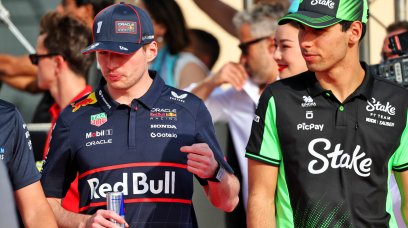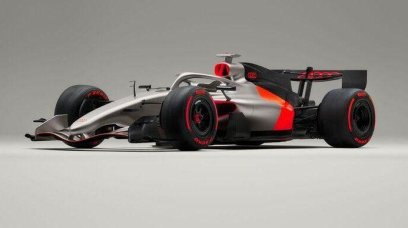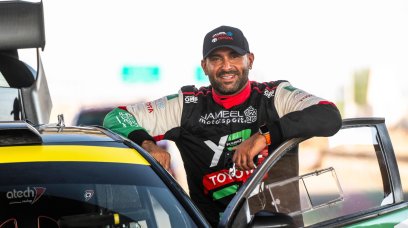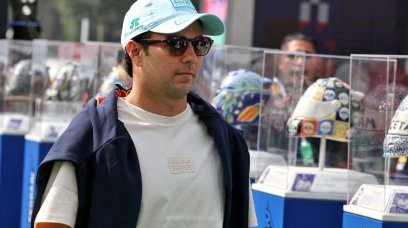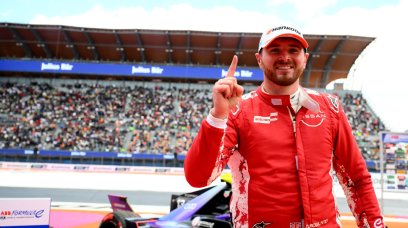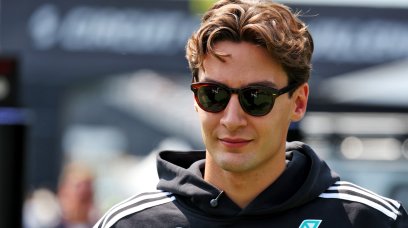Mercedes believe that Max Verstappen's tyres had just started to hit the cliff of their performance on the final lap of the United States Grand Prix, and that Lewis Hamilton could have snatched victory with just one lap extra in the race. The 'cliff' refers to the life of the tyre, with performance degrading over the course of a stint based on a reasonably predictable and shallow trend downwards. However, there is a point at which the tyre is pushed too far and goes 'over the cliff', with a severe loss of performance, and Mercedes believe Verstappen hit that point on the final lap of the United States Grand Prix. Speaking in the team's official US GP debrief, Head of Strategy James Vowles was asked whether Hamilton may have been able to take the win away from Verstappen had he pitted just one lap earlier for his final stint on the Hard compound. "First of all, one lap or two laps earlier at the end of the race would have given him tyres that allowed him to approach Verstappen, but I doubt it would have allowed him to overtake," Vowles said. "To explain that in more detail, there is a compromise, clearly. For every lap that you go shorter at the end of the race, your tyres will be one lap younger and the tyre degrades. Every lap you put onto a tyre, every time you roll around five kilometres, it takes an amount of performance out of that tyre. "So, one lap earlier means, at the end of the race, your tyre will be a tenth, maybe a bit more, slower than it would have been. "To generate an overtake, you need a bigger and bigger tyre differential between you and the car that you are fighting. "One part of that, that we can control, is our degradation and what lap we stop on. The second, that we can't [control], is what Verstappen's degradation is and where he falls on the tyre curve. Now, he was predicted to fall off the tyre curve and he did, but he only did that on the very last lap of the race." Vowles explained that the result of the race could have been very different, had Verstappen needed to go even a lap further. "I think you would have seen a different race result, but they managed that last stint very well and dropped the level of management in corners as Lewis got closer to them to make sure he had the tyres remaining for those last few laps," Vowles added. With Hamilton pitting on Lap 37 of 56 for the final time, Vowles explained what might have happened had the reigning World Champion pitted a lap or two earlier and not fallen so far back for the start of the final stint. "If we had gone a lap or two earlier a few things would have happened," he said. "Verstappen would have been closer on pit exit. He is on fresher tyres so, for every lap he has been going relative to Lewis, he is actually pulling just a little bit of a gap on track and, when Lewis stops, he has to push back to basically catch back up to Verstappen. If the gap is too large, let's take it to an exaggerated level of 15 seconds, he will use all his tyres back up closing that gap down and there is nothing left in the race. "So that's where the compromise lies. What you want is to find the lap that minimises the gap on exit and maximises the differential therefore at the end of race. And when we stopped was that, in terms of the models. "It's difficult to really know what would have happened if we stopped a lap earlier or lap later, but what you are reliant on really for the strategy to work is Verstappen to run out of tyres and they didn't really do that until it was too late."
Most read

